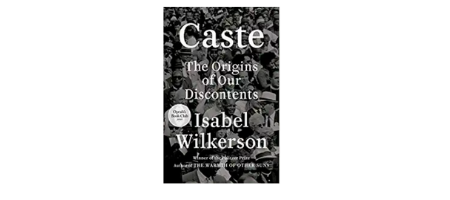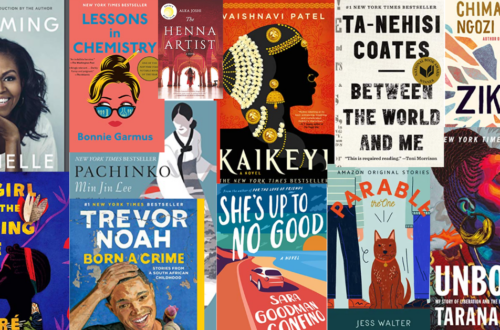
Caste Part II Questions for Book Club
I put these questions together for a book club discussion that I facilitated. Members of the book club that I was a part of took turns facilitating different sections, and Part II was my assignment. Feel free to use these questions if they are helpful for your own discussions and reflections. Caste: the Origins of Our Discontents (affiliate link) is a great book for mature and thoughtful discussions! Enjoy! – BWW
Caste: Part II – The Arbitrary Construction of Human Divisions
- This past week, Isabel Wilkerson spoke at UAB on the book, Caste. If you were able to attend (or if you have heard her speak at another event), what insights or questions were brought to the forefront of your mind? Were there any takeaways that you thought were noteworthy?
- Wilkerson discusses the relationship between the words caste (the rigid structure that exists in society) and cast (1. the role one is assigned in a play and 2. the casing used to immobilize a broken bone). How effective is this discussion in developing the author’s thesis?
Slavery – Chapter 4
- How does Wilkerson describe slavery: the “American innovation”, the “American institution created by and for the benefit of the elites…”? Are there any poignant details that surprised you or that made you reassess your prior understanding of slavery? (thinking: use of whipping and torture, separation of families, rape, oppressive work (hours and conditions), malnutrition, lack of property, etc.)
- How long do you think that you could have survived as an enslaved person in the American south?
- Regarding slavery, Wilkerson says that “Slavery is commonly dismissed as a ‘sad, dark, chapter’ in the country’s’ history” and goes on to say that “in the same way that individuals cannot move forward, become whole and healthy, unless they examine the domestic violence they witnessed as children or the alcoholism that runs in their family, the country cannot become whole until it confronts what was not a chapter in its history, but the basis of its economic and social order.” To what extent do you agree with this argument? What hinders us from simply moving on without sufficiently addressing this chapter in our country’s history?
Anecdotes and Stories – Chapter 5
- Regarding containers, Wilkerson says that “each of us is in a container of some kind…” that “signals to the world what is presumed to be inside and what is to be done with it”. Wilkerson weaves stories and anecdotes in this section to illustrate her points about caste and the containers in which we find ourselves (thinking: the story of Miss and Wilkerson’s own story of interviewing Chicago business owners for the New York Times). What containers do you believe that you might have been put into? How useful do you think the use of anecdotes and personal stories is in relating the experiences that we have lived?
Racism and Caste – Chapter 6
- Wilkerson spends some time distinguishing between racism and caste. How does she define each? In what ways are they similar? In what ways are they different?
- Do you believe that the dialogue about the legacy of race (and subsequent stratification, oppression, hatred, etc.) that we are having in our society today should exist at the level of racism or caste? Does it matter? Why? How does the lens that we use (racism vs. caste) change the conversation?
India – Chapter 7
- What parallels does Wilkerson draw between the caste system in India and the caste system she identifies in the U.S.? How are these systems similar? How do they differ?
- Wilkerson indicates that some lower-caste Dalits in India felt a kinship with the American civil rights movement. What do you think is at the root of this kinship?
I must admit that I went down a YouTube rabbit hole listening to different versions of We Shall Overcome. This might be one of my favorite versions, and I also enjoyed the powerful unity of voices in the Morehouse College Glee Club’s version. Finally, I learned a lot about the origins of the anthem in this video.
Germany – Chapter 8
- What parallels does Wilkerson draw between the caste system in Nazi Germany and the caste system she identifies in the U.S.? How are these systems similar? How do they differ?
- Were you aware of the roots of Nazism in American racism and eugenics “research”? How did Nazi’s use this construction of race to support their own system of identity-based separation? What elements did they keep? Which did they discard? Why?
Ash and Lynching – Chapter 9
- Wilkerson illustrates several horrific vignettes of lynching. How did you feel as you read these examples? Did anything surprise you in her telling of these historical episodes?



